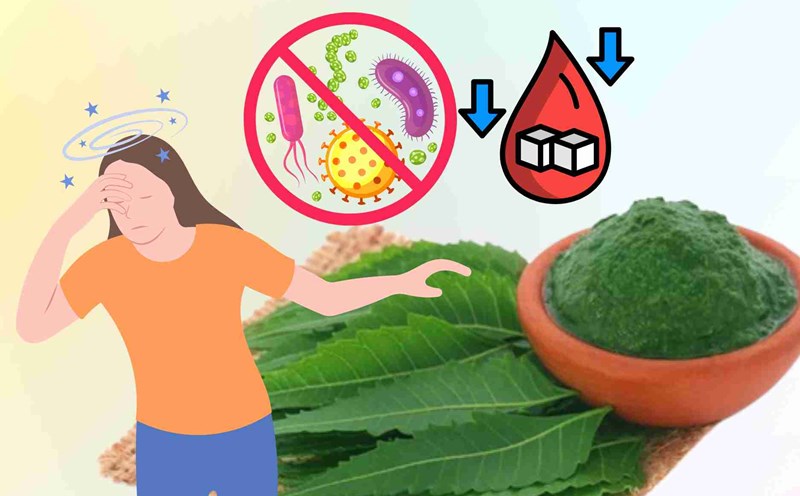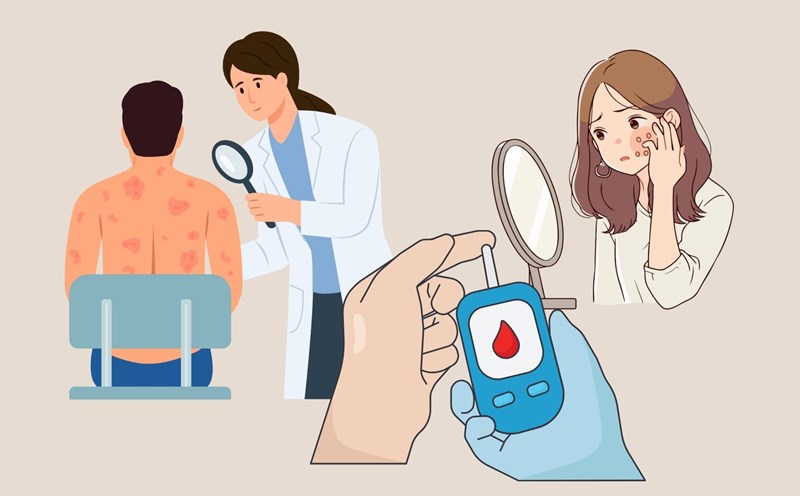Rice is an indispensable dish in Vietnamese meals. However, for people with diabetes, eating rice incorrectly can cause blood sugar after eating to increase rapidly and be difficult to control.
According to Healthline, white rice has a high glycemic index (GI), causing glucose to be absorbed into the blood quickly, leading to fluctuations in blood sugar, especially when eaten in large quantities and not accompanied by fiber or protein.
To control blood sugar, patients should replace white rice with whole grains such as brown rice, oats, and quinoa - which have a lower GI. These types help slow down digestion, reducing glucose spikes after eating. A study cited by Harvard Health also shows that eating whole grains instead of refined starch helps reduce the risk of type 2 diabetes.
In addition to choosing the type of rice, the way of eating it also plays an important role. Patients should eat vegetables before meals, combine rice with lean meat, fish, eggs or tofu to slow down the absorption of carbohydrates. Sharing the portion of rice into small pieces, not eating more than 1/2 cup per meal, and at the same time avoiding eating dinner after 7pm also helps stabilize blood sugar throughout the night.
A sample menu includes: eating oatmeal congee with boiled eggs in the morning, eating half a cup of brown rice with steamed fish and boiled vegetables at noon, and using skinless grilled chicken quinoa salad at night. This not only helps control blood sugar but also helps maintain a reasonable weight - a key factor in diabetes control.











